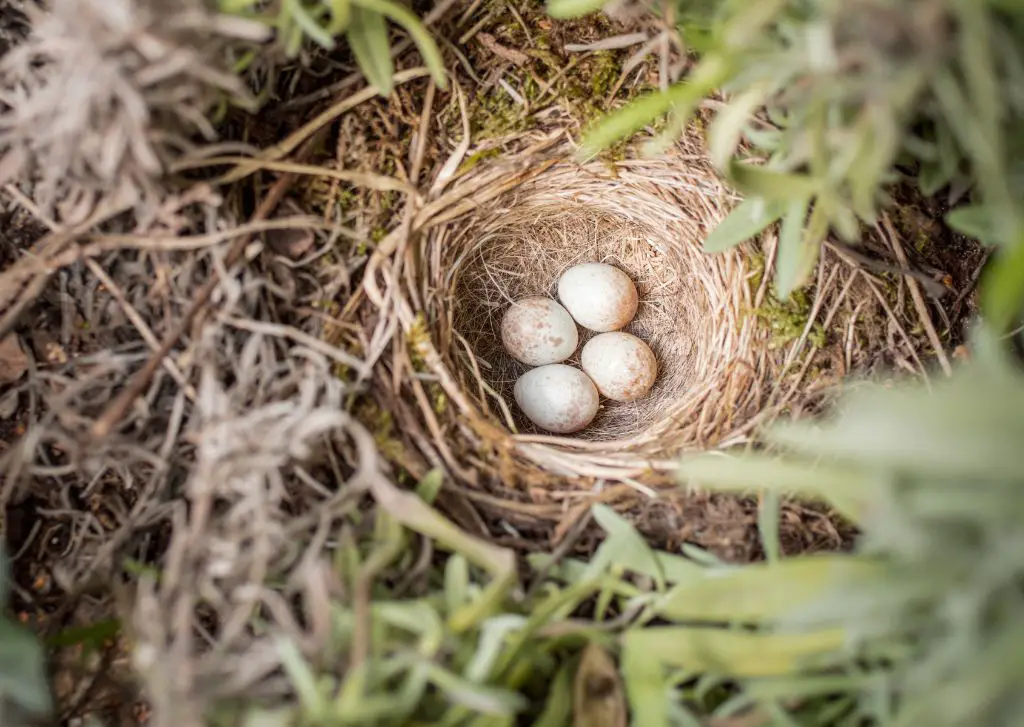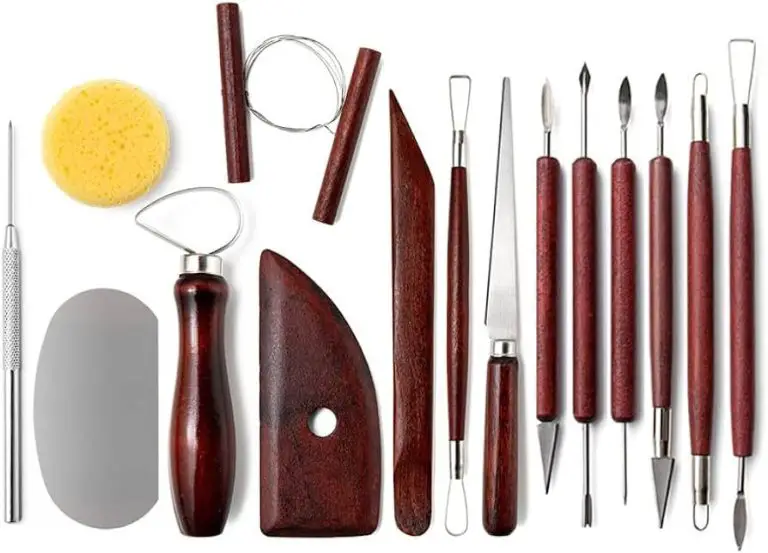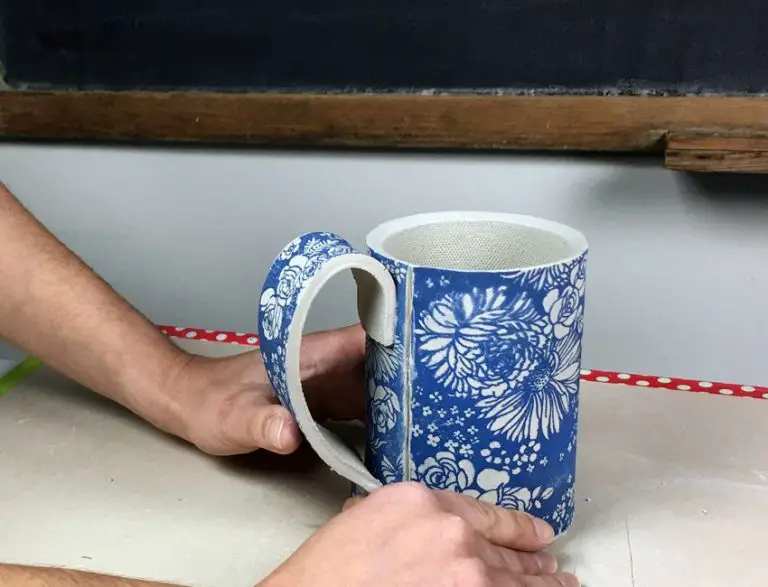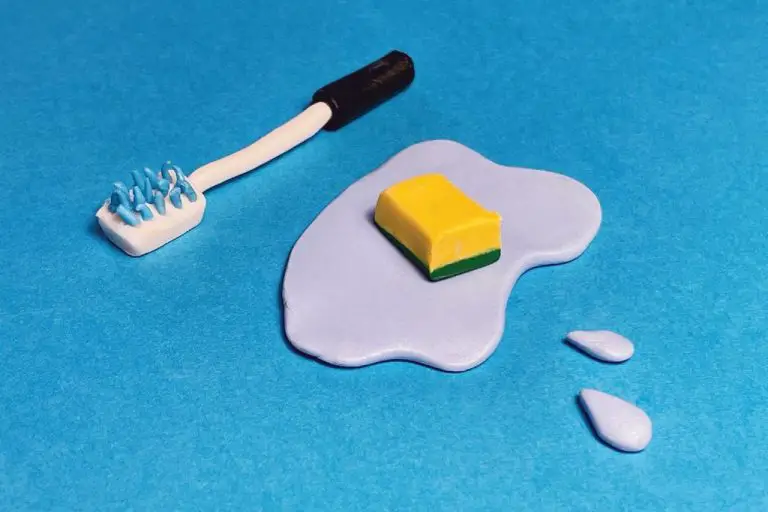What To Do If You Find A Robin Egg?
Determine If the Egg is Alone
If you find a robin egg on the ground, the first step is to assess if the egg is an orphan or if the parent birds are still nearby. Look around carefully for any signs of a nest in trees or ledges. Listen and watch for adult robins in the vicinity that might be caring for the egg. According to American Robin Nests, robins often build nests in tree branches, gutters, ledges, or other structures. If the egg fell from an intact nest that is not too high up, it may be possible to carefully return it.
Spend at least 30 minutes observing the area from a distance for any robin activity. If you see robins around that seem agitated or are making alarm calls, that’s a good indication they are the parents. But if there is no nest in sight and no adult birds present after an extended observation time, the egg is likely an orphan and intervention may be required. Proceed with caution before deciding to disturb a potentially active nest.
Contact a Wildlife Rehabilitator
If the egg appears abandoned, contact a local wildlife rehabilitator or rescue organization before touching or moving the egg. They can properly assess the situation and determine if the egg is truly orphaned or the parents are nearby. Use resources like the Humane Society or your state’s wildlife agency to locate a licensed rehabilitator. Let them know when and where you found the egg. A wildlife rehabilitator has the proper licenses, facilities and experience to incubate orphaned eggs, raise hatchlings, and release healthy juveniles back into the wild.
Avoid Disturbing the Nest
If the egg is still in an intact nest with no signs of abandonment, it’s best to avoid interfering and leave it be. Monitor from a distance. Most birds will not abandon their nests unless there is repeated disturbance. According to the “All About Robin Nests and Robin Eggs”, female robins incubate their eggs for about two weeks, so avoid going near the nest during this sensitive period.
Interfering with an active nest can lead the parents to abandon the eggs. It’s important to appreciate nature’s wonders from a distance. Allow the natural nesting process to continue undisturbed, and the young robins will likely hatch and fledge successfully.
Carefully Remove the Egg

If you find a robin egg on the ground that appears to have fallen or been abandoned, use care in handling it. According to the Journey North American Robin guide, robin parents will likely abandon a nest if it is moved, so the egg should not be returned to an elevated nest location. Wearing gloves is recommended to avoid transferring oils and bacteria from your hands directly onto the egg
(https://journeynorth.org/tm/robin/FAQNestsEggs.html). Gently pick up the egg and transport it in a padded container to keep it warm. The National NestWatch advises not to leave orphaned eggs in the nest, but to properly dispose of unhatched eggs to avoid attracting predators. Instead, contact a wildlife rehabilitator as soon as possible after locating an abandoned robin egg to improve its chance of survival. Handle the egg carefully and maintain its temperature during transport.
Do Not Attempt to Incubate
Properly incubating and raising orphaned baby birds requires special equipment, permits and training. Robin eggs need very specific temperature and humidity levels to hatch, which can be difficult to replicate without an incubator designed for wild birds. According to the Journey North, robin eggs require temperatures between 98-100°F and humidity around 62% in order to hatch. Fluctuations in temperature and humidity can jeopardize the embryo’s development.
Additionally, once the babies hatch you need to know how to properly care for nestlings. Baby birds need to be fed special formulas every 15-20 minutes from dawn to dusk. They also require attentive monitoring as they are very fragile in the first few weeks of life. Without proper training and resources, attempting to incubate and raise orphaned wild birds could endanger their health and survival.
For these reasons, it’s best to leave incubation and rearing of baby birds to licensed wildlife rehabilitators. They have the skills, training, and equipment for the best chance of success. Contact a local rehabber if you find orphaned eggs or hatchlings.
Provide a Substitute Nest
If the egg needs to be temporarily stored before transporting it to a wildlife rehabilitator, it’s important to place it in a makeshift nest lined with soft materials. According to this source, you can create a small nest using a container or basket lined with tissues or grass. Gently place the egg inside and make sure it is secure and won’t roll around. The nest materials will help cushion the egg and keep it warm. Always handle the egg carefully without shaking or jostling it. The substitute nest is just a temporary solution until the egg can be given proper care by a wildlife expert.
Keep the Egg Warm
If the robin egg needs temporary storage and care before a wildlife rehabilitator can take it, it’s important to keep the egg warm to support continued development. According to research from the University of Illinois, the optimal incubation temperature for robin eggs is between 99-100°F 1. A robin’s own body heat helps maintain this temperature while sitting on the nest.
To provide similar warmth, the egg can be placed in a small box or other covered container with a heating pad or microwavable heat pack underneath, set to low. Avoid direct contact between the egg and heating source which could overheat the egg. Monitor the temperature inside the box frequently using a thermometer and adjust the heating accordingly to maintain about 100°F. The egg should be turned gently every so often, mimicking natural incubation. With proper temporary incubation, the embryo inside has a chance to fully develop until rehabilitation.
Do Not Try to Raise Hatched Birds
If the robin’s egg happens to hatch despite attempted intervention, it is imperative not to try raising the hatchling. Baby robins have very specific nutritional and care needs that are nearly impossible to replicate without proper training and licensing [1]. Even with the best of intentions, unqualified individuals trying to care for hatchlings will likely do more harm than good.
Newly hatched robins require feedings every 20-30 minutes from dawn until dusk, consisting of an exact mixture of proteins, vitamins, and nutrients. They need a precise temperature, humidity, and airflow in their nest at all times. Without this meticulous around-the-clock care, the hatchling will quickly become malnourished, dehydrated, or ill [2].
Additionally, imprinting on humans instead of adult robins can severely impact the baby bird’s ability to integrate back into the wild. Any robin hatchlings found should be immediately brought to a licensed wildlife rehabilitation specialist. These experts have the proper training, resources, and permits to give the young birds the best chance at survival.
Prevent Future Disturbances
If you discover an abandoned robin egg, take precautions to avoid repeating this situation in the future. Robins typically nest in yards, gardens, and landscaping from April through July. Be mindful of potential nest sites like shrubs, vines, ledges, and outdoor items during this time. Try not to trim vegetation or move items where a nest could be hidden.
Observe your yard to identify active nests. Watch for adult robins carrying nesting material like grasses, twigs, and moss to one location. Also look for robins guarding an area or frequently visiting a specific spot. These are signs a nest is present even if it’s concealed. Then avoid that area until nesting season is over.
If you must maintain your yard during nesting season, survey the area first. Make noise and move slowly to encourage any nesting birds to flee before disturbing their nest. Check carefully under ledges, inside cavities, and within dense foliage for nests. Finding and leaving active nests undisturbed will prevent accidental discoveries of abandoned eggs.
Appreciate Nature’s Wonders
The chance to see a robin’s egg up close is a special opportunity to marvel at the delicate beauty of nature. With their light blue color dappled with brown speckles, robin eggs are simply lovely. Their oval shape and smooth surface seem perfectly designed to cradle new life.
When you find a robin’s egg, take a moment to appreciate what an amazing phenomenon it represents. Within that small, fragile shell, new life is growing. An incubating parent is patiently nurturing the development of their hatchling. In a matter of weeks, a tiny, helpless baby bird will emerge. As the hatchling matures into an adult robin over the coming months, it will eventually build a nest and lay eggs of its own, continuing the incredible cycle of life.
While you should not disturb an active robin’s nest, finding an egg can be a special chance to consider the miracles all around us. Marvel at the intricate details of creation, from the mother bird’s dedicated care to the meticulous patterns on the egg’s shell. Let it be a reminder of nature’s boundless capacity for beauty and renewal.





